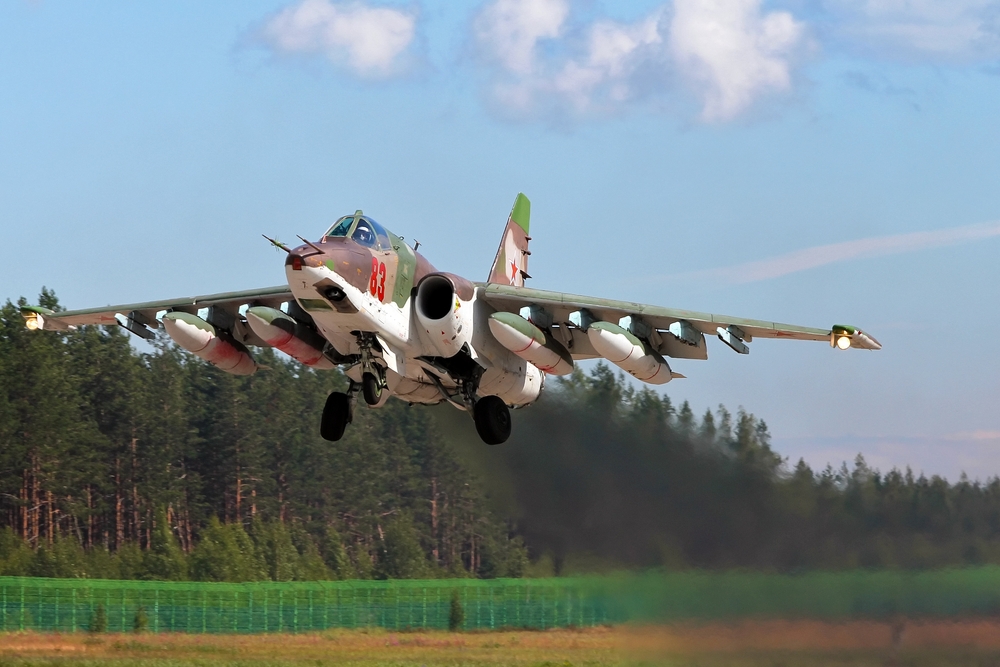Russia's air force makes the difference in Donbas breakthrough
The frantic rate of attacks from the air seems to have contributed to the recent retreat of Ukrainian forces on the Donbas front.

Three months after the start of the invasion of Ukraine, the Russian air force is intensifying its operations. The increase in the number of flights and the use of new tactics may have played a crucial role in the Russian army's breakthrough, since mid-May, in eastern Donbas, in the town of Popasna. Numerous images broadcast by the Russian Ministry of Defense and state television, as well as videos posted on Russian social networks, show rockets and guided missiles being fired from Su-25s [ground attack aircraft] and attack helicopters against Ukrainian defense lines along the entire front line between Donetsk and Sloviansk. Images also show the increasing use of KUB suicide drones, controlled from ZALA drones, against Ukrainian positions.
The Russian military air force, although 10 times superior to its Ukrainian counterpart, had so far failed to take full control of the skies because it was unable to eliminate the danger posed by the Ukrainian anti-aircraft defense. As of May 30, Russia had lost 29 aircraft, 42 helicopters and 79 drones. These losses amount to almost three times as many as the Ukrainian air force, which, despite its numerical inferiority and the higher average age of its aircraft, is far from having been destroyed.
- "The air force probably played an important role in the breakthrough in the Donbas," said Jean-Christophe Noël, a researcher at the IFRI's Security Studies Center. "It has gone from a rate of 250 sorties per day to 400. The aim is to carry out prohibition strikes, with bombs that crush everything. In this instance, the air force's role doubles the artillery's. It is a weapon of saturation, not precision. With their salvos of 122-millimeter rockets, the Su-25s will raze an entire area and do a lot of damage," said the expert.
Crushing the opponent under a deluge of fire
On a Telegram channel, a Russian Su-25 pilot, who introduced himself as "Ivanovich," posted a video of an attack and described the process of firing a salvo of rockets: "From a height of 200 to 250 meters, I open fire, leave the dive at an altitude of 20 to 25 meters and change engine speed to generate maximum acceleration to a speed of 900 to 950 kilometers per hour. This is to avoid problems, because the enemy will definitely shoot me in the butt with a Stinger [an American-made guided missile]."
Ukraine has received a large number of Stinger Manpads, a type of man-portable air defense system (or surface-to-air missiles). The country also has a very large arsenal of Soviet Igla man-portable systems, which are the bane of low-flying aircraft and helicopter pilots.
- "Because the Russians suffered heavy losses early on in the conflict, they are now more cautious and take care to fire at the greatest possible distance from enemy lines," said Mr. Noël. "The Su-25 is the warhorse of the Russian air force. This aircraft is a real 'bomb hauler.'"
> Read the full article on Le Monde's website (english version)

Media:
Share





